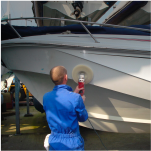Okay I will do this as my first steps. When the tick first started I removed the valve cover on the lake and didn't do a very good inspection but tried to do a running adjustment (loosen until it starts to clatter then slowly tighten till clatter goes away, then 3/4 turn more) but it was hard to hear **** and getting splashed in the face with oil was no fun so who knows how well it was done lol. Do you think adjusting them without the motor running turning it over by hand will give a better adjustment? Or should i just try to find the noisy one and give it a couple turns to see if it quiets down?Couple of thoughts:
Read up on how to adjust these valves. Concern is that you can overtighten and bottom out a hydraulic lifter. So, as you are adjusting the noisy one, if you continue to crank down on it and still noisy its more than likely a failed lifter due to running it on low oil.
As to the question: can you change them as a short-term solution? I believe this engine uses a flat tappet (vs a roller) and these lifters wear to their cam. Said differently putting in only new lifters can wipe out the cam creating more damage.
My suggestions are:
Follow the advice by AD, Grub and Scott by removing the valve covers and first looking (for that metal in the oil puddle in the middle of the rocker) and feeling (engine not running, grab each rocker and see if it is really loose). Then continue by placing lots of towels around to soak up any splashed oil and start the engine (idle only!) and use that long screwdriver to listen to each one per post no. 4. Adjust the loose / loud one with the caution note above.
Please continue to post your finding and questions. Even on a tight budget, there are options that this forum can help you with once the tapping noise issue is found.
- If noise goes away, great
- If noise continues, more to do

- Shop
-
Main Menu Find The Right Fit
-
-
Slide Anchor Box Anchors Shop Now
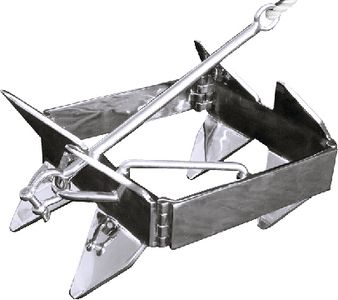
-
Back Fishing
-
View All
- Fishing Rods
- Fishing Reels
- Fishing Rod & Reel Combos
- Fishing Tools & Tackle Boxes
- Fishing Line
- Fly Fishing
- Fishing Bait & Fishing Lures
- Fishing Rod Holders & Storage Racks
- Fish Finders, Sounders & Sonar
- Trolling Motors
- Fishing Nets
- Fishing Downriggers & Acessories
- Fishing Outriggers & Acessories
- Fishing Kayaks
- Fish Cleaning Tables
-
-
Minn Kota Riptide Terrova 80 Trolling Motor w/i-Pilot & Bluetooth Shop Trolling Motors
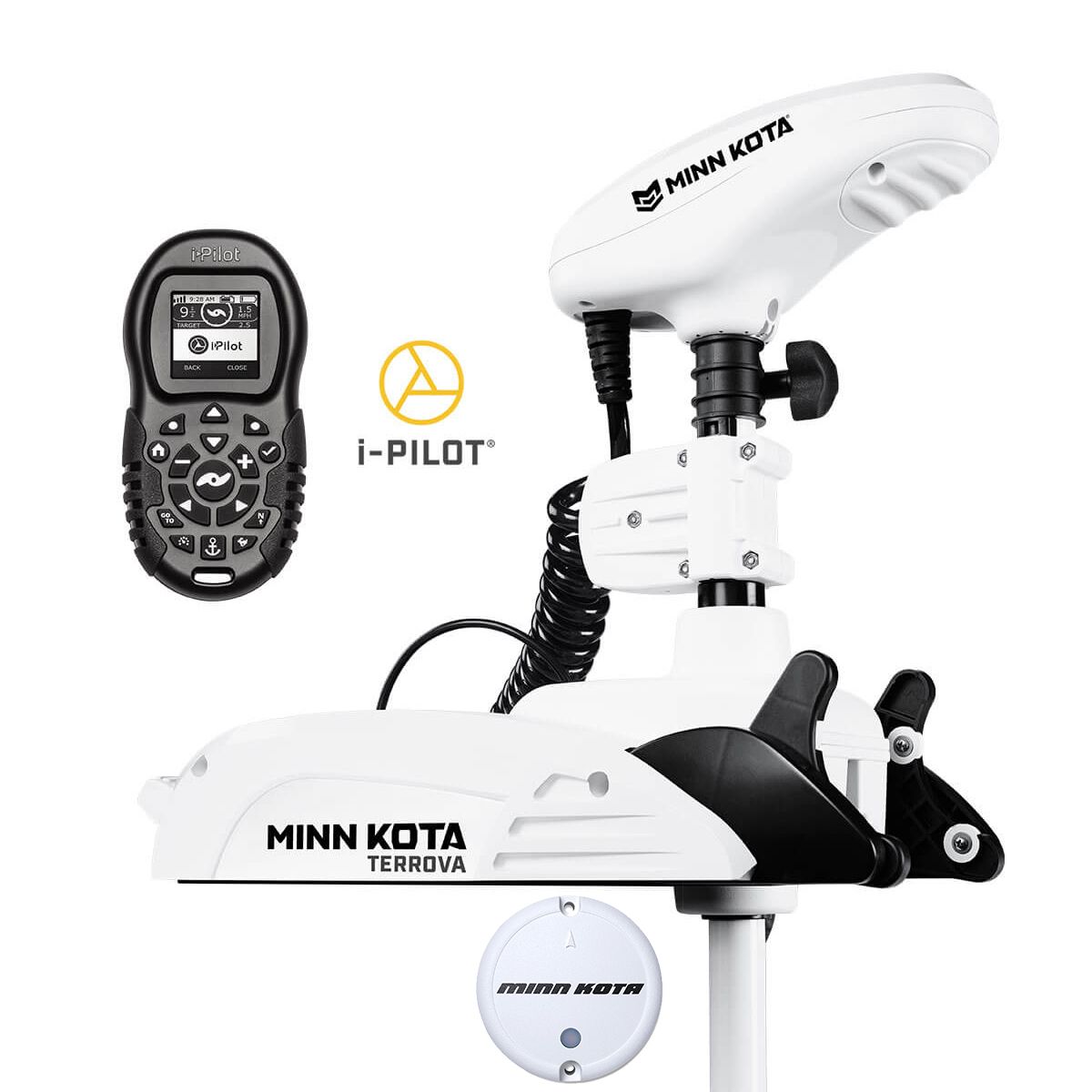
-
SportsStuff Great Big Marble Shop Tubes
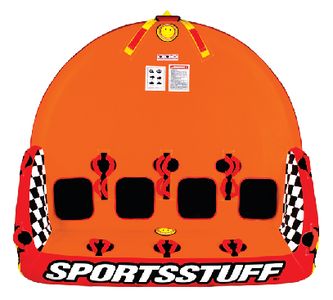
-
Big Jon Honda 5hp Outboard Shop Outboards
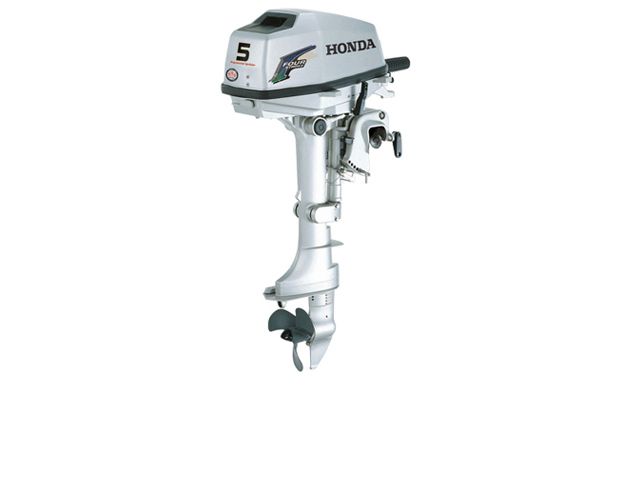
-
Lexington High Back Reclining Helm Seat Shop Helm Seats
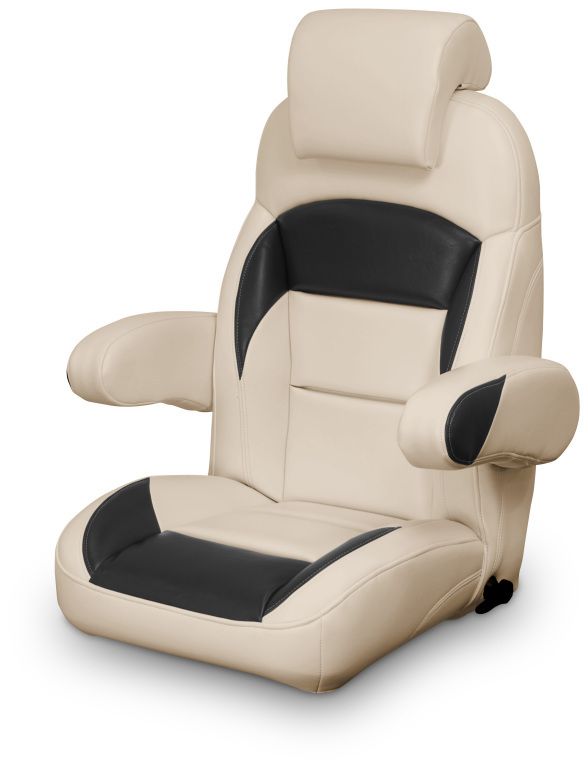
-
Kuuma Stow n Go BBQ Shop Now

-
Slide Anchor Box Anchors Shop Now

-
Back Electrical
-
View All
- Boat Wiring & Cable
- Marine Batteries & Accessories
- Marine DC Power Plugs & Sockets
- Marine Electrical Meters
- Boat Lights
- Marine Electrical Panels & Circuit Breakers
- Power Packs & Jump Starters
- Marine Solar Power Accessories
- Marine Electrical Terminals
- Marine Fuse Blocks & Terminal Blocks
- Marine Switches
- Shore Power & AC Distribution
-
-
ProMariner ProNautic Battery Charger Shop Marine Battery Chargers
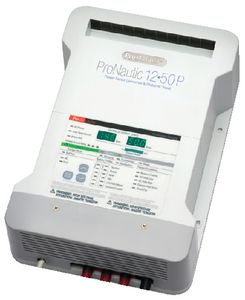
-
Lowrance Hook2-4 GPS Bullet Skimmer Shop GPS Chartplotter and Fish Finder Combo
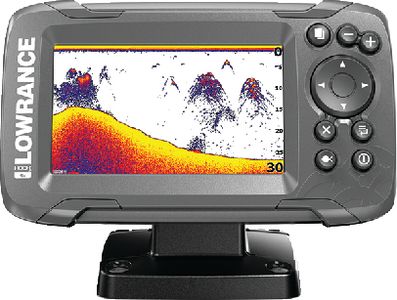
-
Boston Whaler, 1972-1993, Boat Gel Coat - Spectrum Color Find your boats Gel Coat Match

-
Rule 1500 GPH Automatic Bilge Pump Shop Bilge Pumps
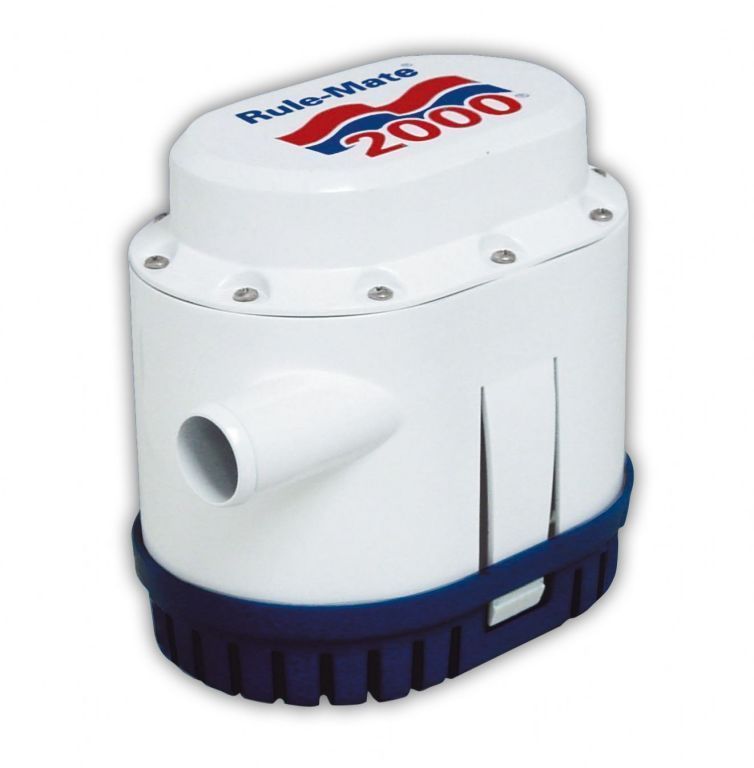
-
Back Trailering
-
SeaSense Trailer Winch Shop Trailer Winches
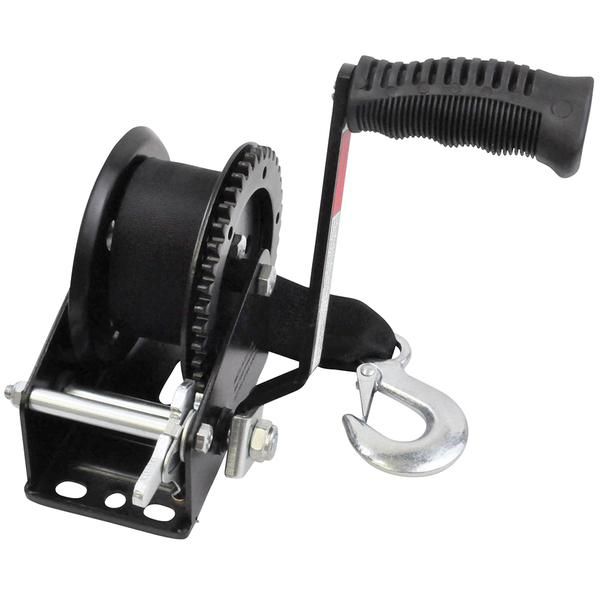
-
Seadog Stainless Steel Cup Holder Shop Drink Holders
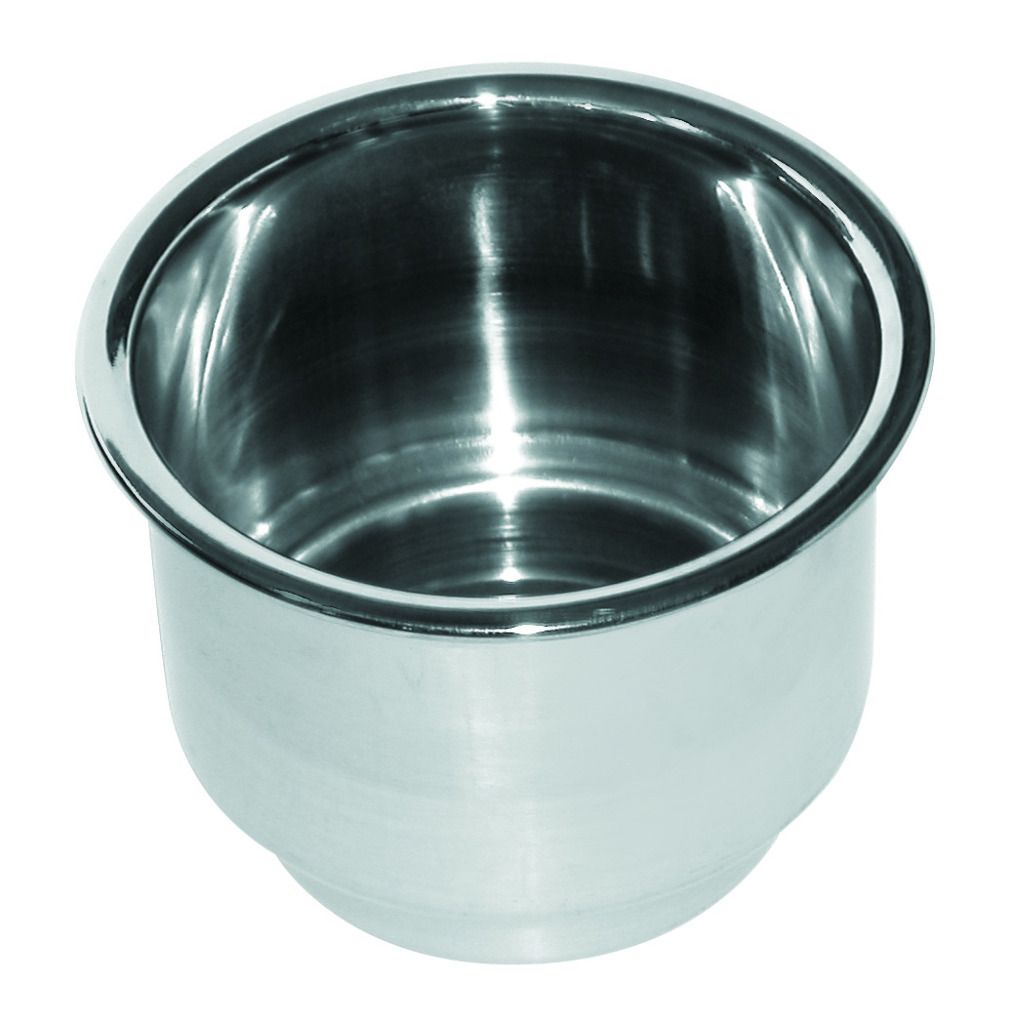
-
Slide Anchor Box Anchors Shop Now

-
- Boats for Sale
- Community
-






